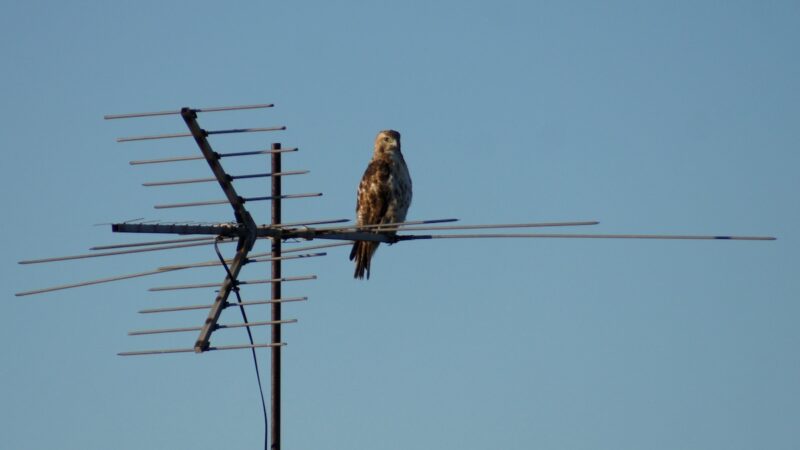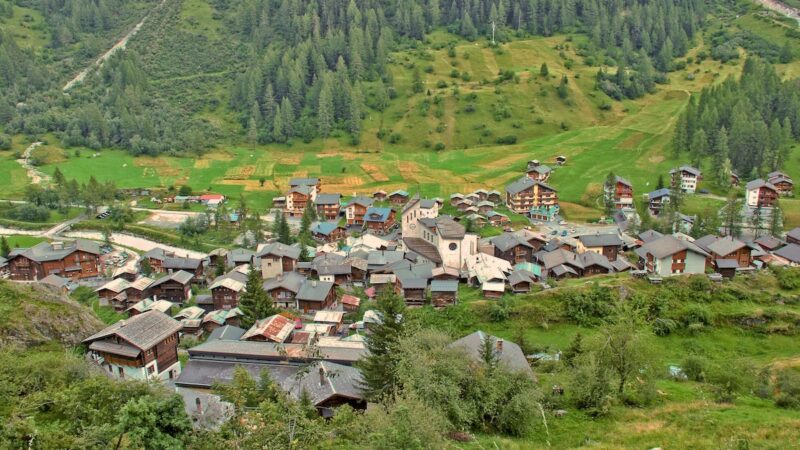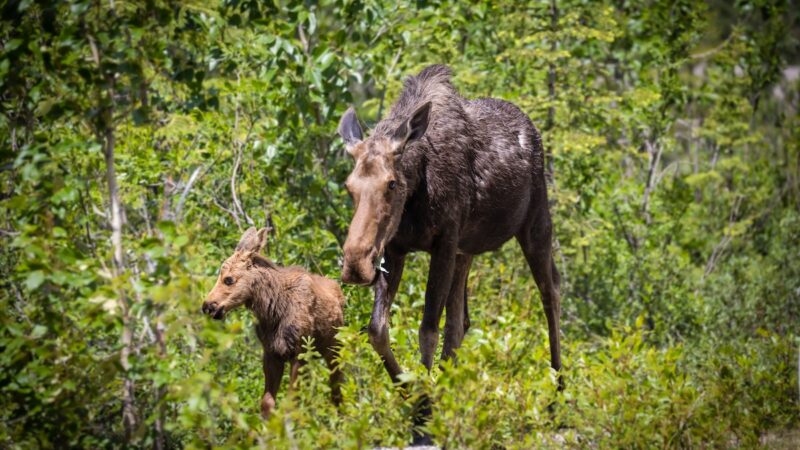Will Giant Joro Spiders Invade the East Coast? Here Are the Facts.

First cicadas, and now giant spiders? Perhaps you’ve already seen the headlines about “giant venomous spiders” poised to invade the East Coast of the United States. In fact, Joro spiders have been invasive in the U.S. for about a decade in the southeast, but experts say the species will expand across the East Coast this summer, as far north as New York. Should we be afraid? Here’s what you need to know.
Joro spiders are large, yellow-and-gray striped spiders native to Asia, including areas of Japan, North and South Korea, China, Taiwan, Vietnam, and India. They are venomous, but experts say they’re not harmful to humans or pets.
So, while Joro spiders are admittedly large (with legs that can grow up to 4 inches long) and venomous, they aren’t going to hurt you. Even still, some people just don’t like spiders, and these ones are being labeled as “flying,” which no arachnophobe wants to hear.
In truth, Joro spiders are “parachuting spiders.” They shoot out a long strand of silk that catches in the wind, and that carries them short distances in the air. In other words, they kind of “fly,” but it won’t be raining Joro spiders.
Are Joro Spiders Spreading?
As to whether or not Joro spiders are invading the East Coast, experts say it’s likely the invasive species will expand its current range into more of the East Coast. David Coyle, assistant professor in the Department of Forestry and Environmental Conservation at Clemson University, says that based on his research: “These things are here to stay.”
In fact, data suggests they will indeed spread like the headlines suggest.
“[Our] study used advanced modeling techniques, based on 20 separate variables, to assess the Joro’s native range and then applied those variables to the entire United States to attempt to quantify habitability elsewhere,” Coyle told Clemson News. “Those data show that this spider is going to be able to inhabit most of the eastern U.S. It shows that their comfort area in their native range matches up very well with much of North America.”
Invasive species often harm local ecosystems by competing with native species for resources like food and living space. The Joro spider’s ecological impact on the southeastern U.S. is still being studied, but it’s not looking good.
“Though the exact mechanisms of their spread are still being studied, one pattern is quite clear: Where you have an abundance of Joro spiders, you don’t find others,” Clemson News says. “That means Joros are indisputably displacing native species and having other negative impacts.”
While it may not be the spider-geddon some headlines are making this “invasion” out to be, invasive Joro spiders aren’t good news for local ecosystems.
Source: https://outdoors.com/will-giant-joro-spiders-invade-the-east-coast-here-are-the-facts/






